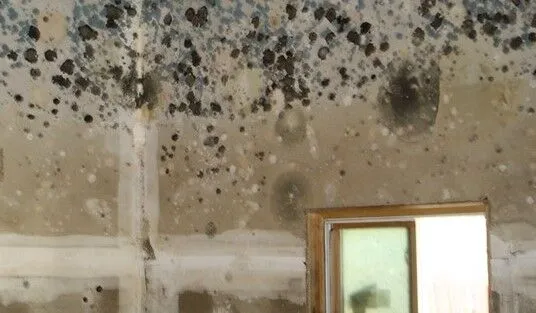How to Prevent Mold Outbreak after a Flood

When a flood hits, the immediate concern is usually the physical damage it causes. But once the water recedes, another threat can emerge that’s less visible, yet potentially more harmful: mold.
WHY MOLD DEVELOPS AFTER FLOOD
Mold is a type of fungus that thrives in damp, warm conditions. When a flood occurs, it creates the perfect environment for mold spores to grow and multiply. As contaminated water permeates walls, furniture, carpets, and other materials, it provides the moisture and food source that mold needs to grow.
The problem with mold is not just that it can damage your property; it can also pose serious health risks. Exposure to mold can cause allergic reactions, asthma attacks, and other respiratory issues, especially in people with weakened immune systems or mold allergies.
HOW TO PREVENT MOLD GROWTH AFTER FLOOD
Preventing mold growth after a flood involves a combination of quick action and the right drying techniques. Here are some steps you can take:
- Remove Water: Start by removing standing water from your property as quickly as possible. This can be done using pumps or wet vacuums. Remove wet materials, such as drywall, wood flooring and carpeting. Flood waters are grossly contaminated that bring in bacteria, viruses and parasites.
- Dry Out the Property: Once the water is out, dry your property thoroughly. Use fans, heaters, and dehumidifiers to speed up the drying process, Do not open windows and doors. Florida humidity will slow the drying process.
- Clean and Disinfect: Clean all affected areas with soap and warm water, followed by a disinfectant to kill any bacteria that could contribute to mold growth.
- Discard Water Damaged Items: Anything porous that absorbed the flood waters should be discarded. The amount of contaminates in the water will give a jump start for mold growth.
HIDDEN AREAS TO LOOK FOR WHERE MOLD CAN GROW
Mold is sneaky and can grow in places you might not think to look. Here are some hidden areas where mold might be lurking:
- Behind Walls and Paneling: These spaces can trap moisture, providing a perfect breeding ground for mold.
- Under Carpets and Padding: Carpets can absorb lots of water and if not dried properly, can harbor mold.
- Inside HVAC Systems: Your heating and cooling system can collect moisture and dust, creating an ideal environment for mold.
- Under Cabinets: Water flows under kitchen and bathroom cabinets and can be difficult to dry. A dark, damp space with little air movement and a wood food source is the perfect breeding ground for mold.
WHY HIRING EXPERTS TO CLEAN MOLD IS THE BEST IDEA
While it’s possible to clean up minor mold issues yourself, severe mold infestations should be left to the professionals. Mold remediation experts have the necessary training and equipment to safely remove mold and prevent it from returning. They can also detect mold in hidden areas that you might miss.
Moreover, dealing with mold can be hazardous to your health. Professionals know how to handle mold safely, reducing your risk of exposure.
While floods can create the perfect conditions for mold to thrive, quick action and thorough drying can help prevent an outbreak. And if mold does appear, don’t hesitate to call in the experts. Your health – and the integrity of your property – may depend on it.
